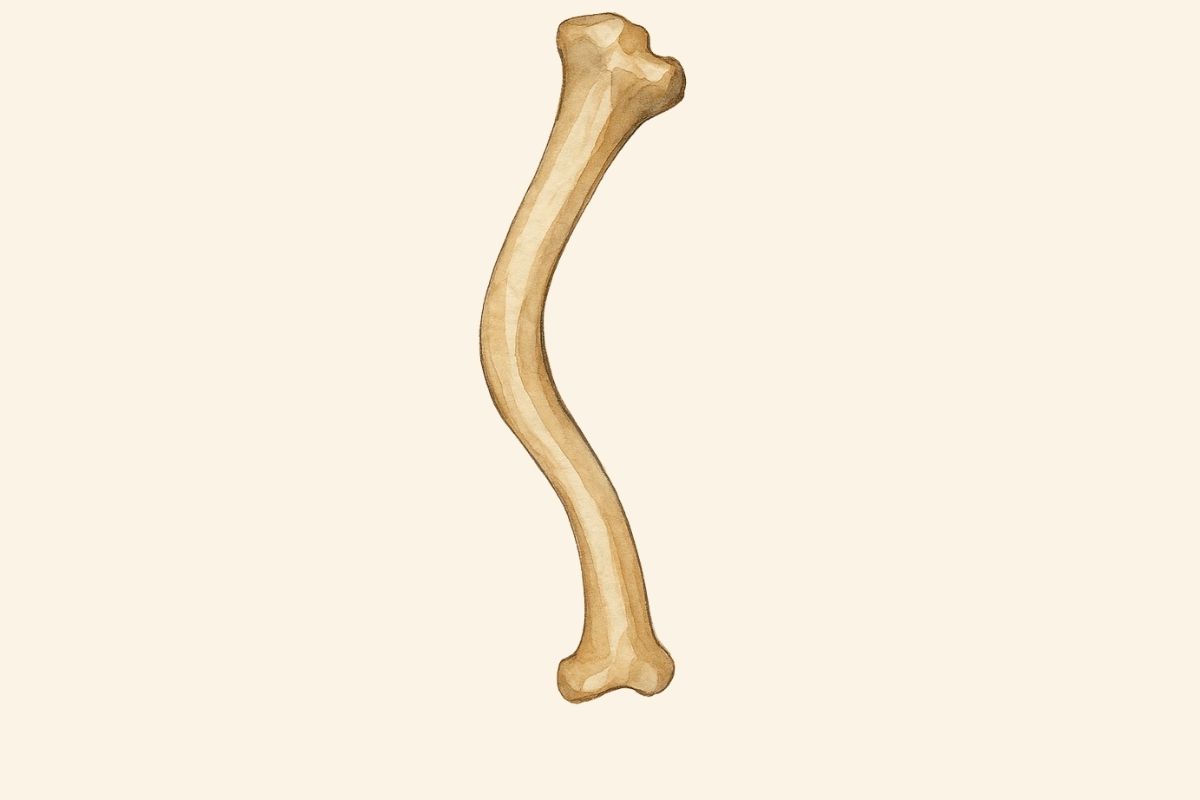Congenital Pseudoarthrosis of Tibia (CPT)
Congenital pseudoarthrosis of the tibia is a congenital deformity of the tibia characterized by a nonunion and fracture-like structure. The bone is weak, curved and prone to fracture. The congenital diseased tissue prevents the bone from integrating, or there is no healing after the fracture occurs, and over time the child’s walking capacity is severely impaired.
The disease is usually associated with Neurofibromatosis type 1. The diagnosis is based on leg curvature and painless fracture detected at birth or during walking.
Surgery is at the forefront of treatment planning.
- The damaged bone area is removed
- Healthy bone ends are fused together
- Lengthening surgeries equalize the leg
- The growth of the other leg is surgically slowed down
Lengthening nails (telescopic systems) and bone graft applications are among the methods that increase success.
With early diagnosis and an experienced pediatric orthopedic team, the treatment process can be managed positively.
